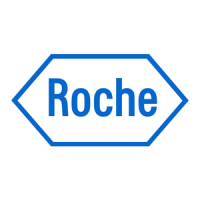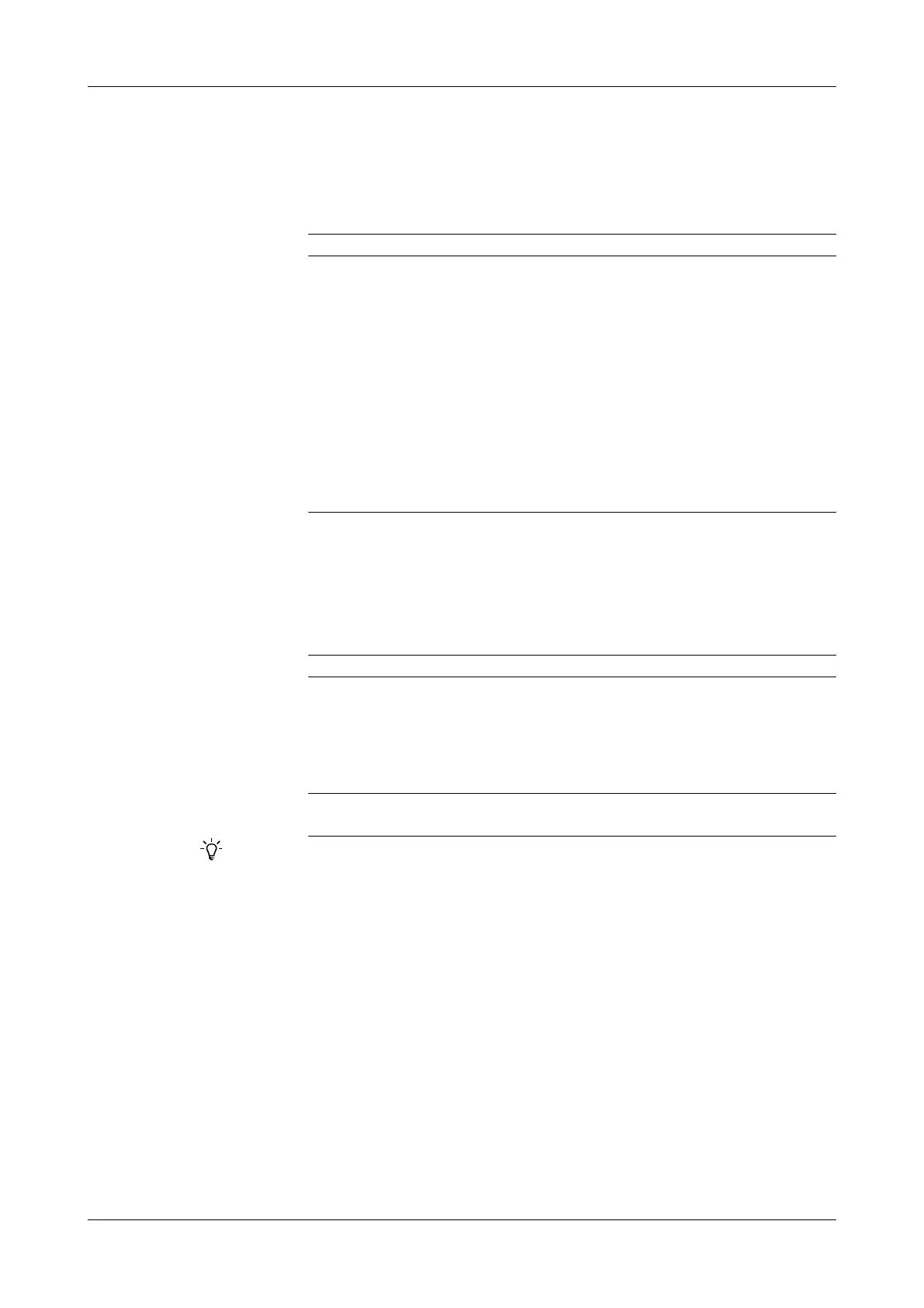Roche Diagnostics
Operator’s Manual · Version 3.4 C-17
Cedex Bio analyzer 8 Data analysis methods
Photometric measurements
Quantitative calibration
This section explains the calibration modes and the associated checks. The following
table gives an overview:
The calibration yields parameters which enable the calibration curve to be calculated.
The calibration curve can be used to convert the rate of the sample into the
concentration of the analyte being measured.
For determining the calibration curve, the following mathematical modes are used:
Calibration mode Linear Interpolation
Linear interpolation analysis is carried out on the rates of up to six calibrators to plot
a calibration curve.
Calibration Control Sample
Calibration modes
Linear Interpolation l
Linear Regression l
Logit/Log 4 l
Logit/Log 5 l
Exponential 5 l
Calibration checks
Curve Direction check l
Curve Non Monotonic check l
Calculation Error check l
Curve Out of Range check l
Table 3 Calibration modes and checks
Mode Number of calibrations Curve parameters
Linear Interpolation 3…6 none
Linear Regression 0…6 R
0
, F
Logit/Log 4 4…6 R
0
, K
c
, A, B
Logit/Log 5 5…6 R
0
, K
c
, A, B, C
Exponential 5 5…6 R
0
, K
c
, A, B, C
Table 4 Calibration modes and their parameters
For the Linear Regression mode, if the number of calibrators = 0, the preset curve
parameters R
0
and F are used. If the number of calibrators = 1, the preset curve
parameters R
0
or F are used.

